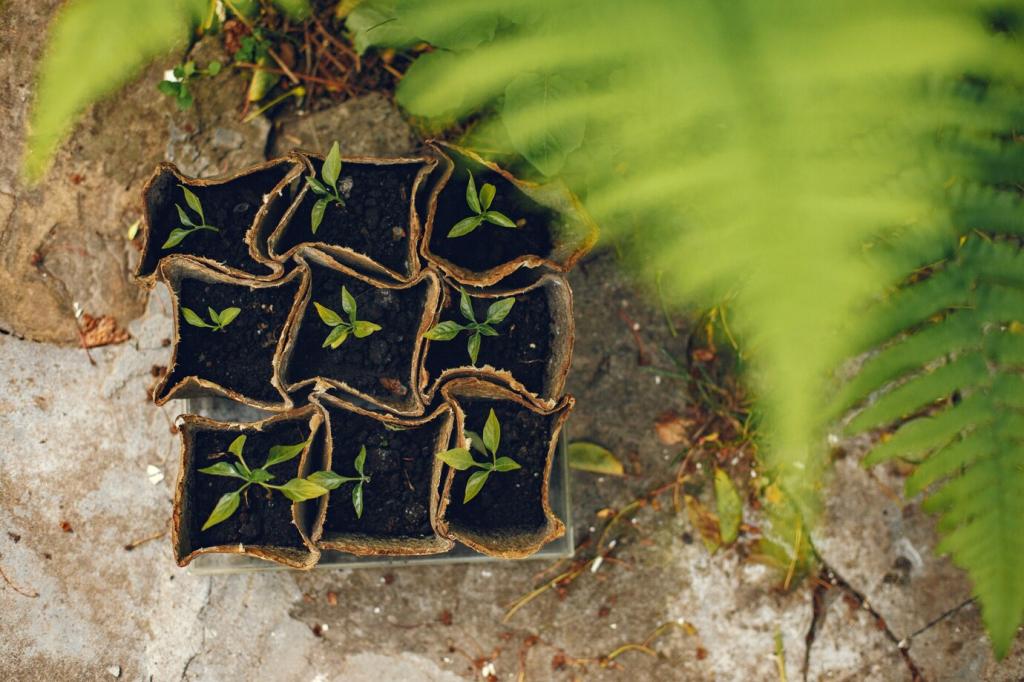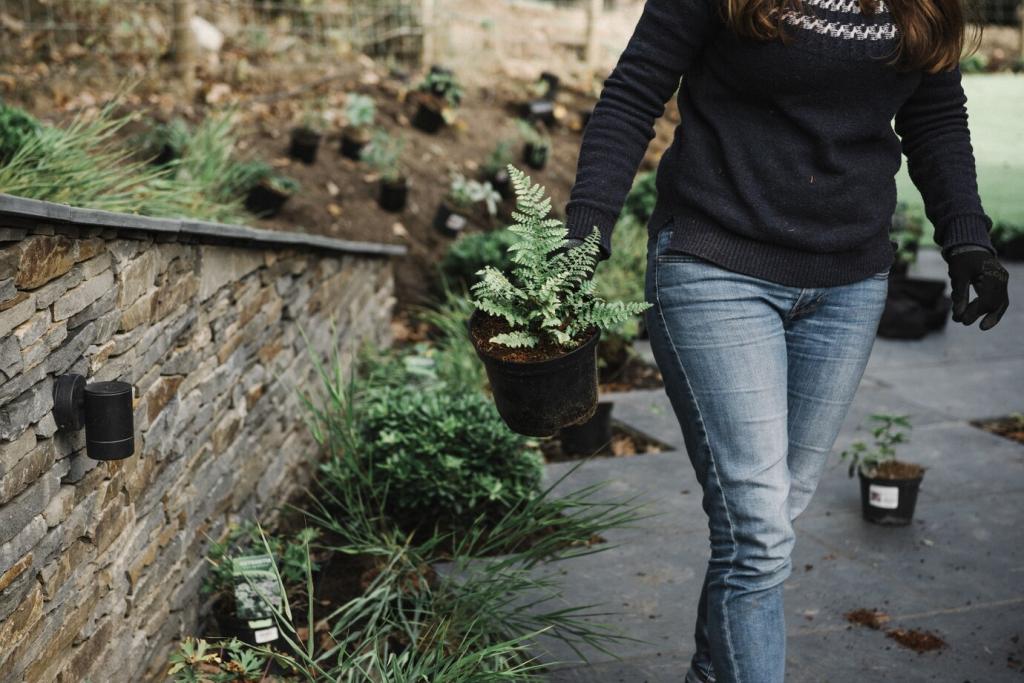
Chosen Theme: Climate-Resilient Garden Designs
Welcome! Today we dive into Climate-Resilient Garden Designs—practical, beautiful strategies that help your garden thrive through heat, wind, drought, and deluge. Expect grounded tips, real stories, and smart design moves. Enjoy the read, drop your thoughts in the comments, and subscribe for future climate-ready inspiration.
Start with the Site: Foundations of Resilience
Track where shadows fall in summer and winter, where wind squeezes between buildings, and where frost lingers at dawn. Use a simple compass, cardboard flags, and photos through the seasons. These clues reveal safer planting zones and smarter orientation for beds and seating.

Water Wisdom: Capture, Store, and Sip
Fit gutters with a first-flush diverter and size cisterns using roof area and typical downpour volumes. Rain barrels are a great start; underground tanks supercharge capacity. Label valves clearly. Want a quick sizing worksheet? Subscribe and we’ll send you a simple calculator.

Right Plant, Right Place, Right Provenance
Local ecotypes often outperform generic varieties when weather behaves badly. A coastal sage might falter inland, while a high-elevation selection handles sudden cold snaps. Seek regionally adapted nurseries, study plant communities, and note which survived your last heatwave without extra water.

Perennials, Guilds, and Polycultures
Under a fruit tree, pair nitrogen-fixing shrubs, flowering herbs for beneficial insects, and living mulch to cool soil. Diversity reduces pest flare-ups and buffers nutrient swings. Start small: plant a trio, track performance, then expand. Share your most successful companion combo with the group.

Seed Saving for Tomorrow’s Climate
Save seeds from the plants that thrived during tough seasons and you’re selecting resilience year after year. Label by microclimate and stress conditions. Trade locally to broaden genetics. Join our upcoming seed-saver challenge by subscribing, and report which traits improved most.
Design for Heat, Wind, and Fire
Layer deciduous trees, pergolas, and seasonal shade cloth to cut midday scorch while preserving winter sun. Light-colored gravel reflects less heat than black surfaces. Cool nooks protect both gardeners and plants, lowering transpiration stress and keeping soil life humming through heatwaves.



Hardscapes that Help, Not Hinder
Replace solid concrete with permeable pavers, gravel, or decomposed granite to cut runoff and recharge soil moisture. Light-toned materials reduce heat absorption and evening radiance. Include slight crowns and edges that nudge water into planting strips and bioswales, not the storm drain.
Hardscapes that Help, Not Hinder
Choose reclaimed brick, FSC-certified wood, or recycled plastic lumber where appropriate. Source locally to shrink transport emissions. If using concrete, explore mixes with supplementary cementitious materials to lower carbon. Share your favorite suppliers so others can build resilient spaces with minimal footprint.
Stories and Community: Resilience Grows Together
Last July, our drip lines, ollas, and thick straw mulch kept peppers crisp while lawns nearby faded. A neighbor asked why our soil stayed cool; we showed the compost-rich beds. What drought tactic saved your season? Share it so someone else can harvest, too.
Stories and Community: Resilience Grows Together
A two-hour cloudburst tested our swales and rain garden. Water paused, soaked in, and our basement stayed dry. By morning, frogs returned to the overflow basin. If you’ve tamed runoff, post a picture and subscribe for our rain event checklist and plant palette.


